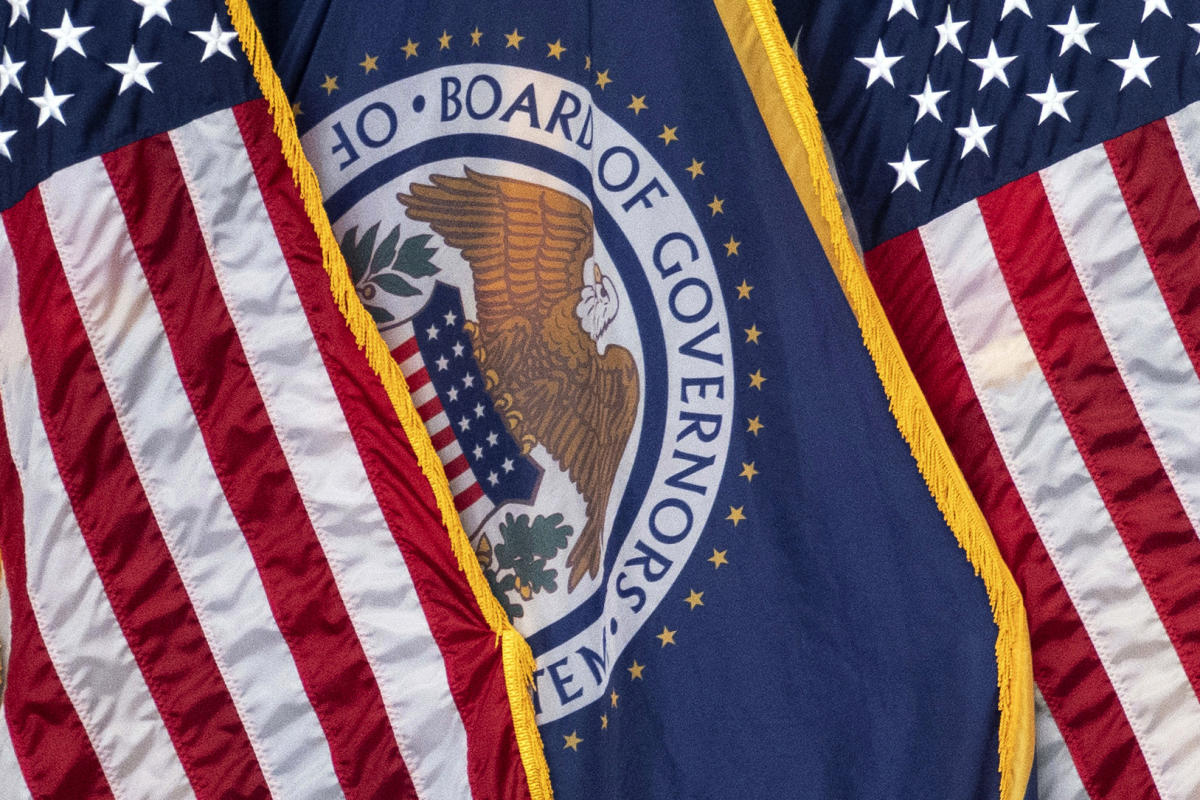WASHINGTON (AP) — Most of last month’s Federal Reserve officials still viewed rising inflation as a continuing threat that could require more interest rate increases, according to the minutes of their meeting. Meeting July 25-26 Released Wed.
At the same time, officials saw “a number of tentative signs that inflation pressures may be easing.” Divergent Viewpoint reiterated Chairman Jerome Powell’s noncommittal stance on future rate hikes in a press conference after the meeting.
According to the minutes, Fed policymakers also said that despite signs of progress on inflation, it remained well above their 2% target. They “will need to see more data…to be confident that inflation pressures are easing” and on track to return to their target.
At the meeting, the Fed decided to raise its benchmark interest rate for the 11th time in 17 months in its ongoing campaign to curb inflation. But in a statement after the meeting, he offered little guidance on when – or if – he might raise interest rates again.
Most investors and economists said they believed the July rate hike would be the last. Earlier this week, economists at Goldman Sachs predicted that the Federal Reserve would actually start cutting interest rates by the middle of next year.
Since the Fed’s meeting last month, more data has pointed in the direction of a “soft landing,” in which the economy will slow enough to bring inflation toward the central bank’s 2% target without falling into a deep recession. The Federal Reserve raised the key interest rate to a 22-year high of around 5.4%.
Inflation has slowed further, according to the latest readings of “core” prices, a category that excludes volatile food and energy prices. Core prices rose 4.7% in July from a year earlier, The smallest increase since October 2021. Fed officials closely track core rates, which they believe provide a better read of core inflation.
total consumer prices It rose 3.2% in July compared to the previous year, higher than the previous month’s pace on a year-on-year basis due to higher gas and food costs. However, this is well below the inflation rate peak of 9.1% in June 2022.
This progress has been made without the sharp increase in unemployment that many economists predicted would follow the Fed’s series of sharp rate hikes, the fastest in four decades. The unemployment rate actually fell to 3.5% in July, near the lowest level in half a century.
Employment slowed, however, with employers adding 187,000 jobs in July, a solid gain but nearly a third of the pace of monthly job growth earlier this year.
However, the Fed is now facing higher gas and some food prices, which could happen Keeping overall inflation from declining much more in the coming months. Rising costs of services, from car insurance to restaurant meals to dental services, could keep core inflation higher.
In a sign that at least some officials believe the Fed is nearing the end of its rate hikes, the minutes said a “number” of policymakers believe the benchmark interest rate is high enough to rein in the economy.
These officials also believe that the risk of raising interest rates too much is almost equal to the risk of not raising them enough. This marks a significant shift from earlier this year, when the Fed routinely said the main risk was not doing enough to slow borrowing and spending.
Data this week suggests that the economy is, if anything, improving, which could keep inflation steady at its current high level. Consumers are still spending at a healthy pace. a Tuesday’s report showed that retail sales rose faster than expected last month, driven by higher rates of online shopping and healthy sales at restaurants and bars, among other categories.
The Federal Reserve’s decision in July to raise interest rates for the 11th time was unanimous, a sign that officials remain largely united even as their decisions become fraught. Despite this, the minutes said that two officials favored keeping the Fed’s interest rate unchanged last month, out of 18 people who attended the meeting. At least one or both of them may have been among the officials who did not vote last month. Only 11 officials currently vote on the Fed’s interest rate policies.
Since the meeting, Fed officials have expressed opposite views. On Tuesday, Neel Kashkari, president of the Federal Reserve Bank of Minneapolis, said he wants the Fed to keep its options open to raise interest rates again.
“I’m not ready to say we’re done,” Kashkari said, “but I’m seeing positive signs that say, maybe we’re on our way.” “We can spend a little more time and get more data before we decide if we need to do more.”
By contrast, Philadelphia Fed President Patrick Harker said he would support leaving interest rates unchanged for the rest of this year.
“In the absence of any worrying new data between now and mid-September, I think we may be at a point where we can be patient and keep rates flat,” Harker said.
